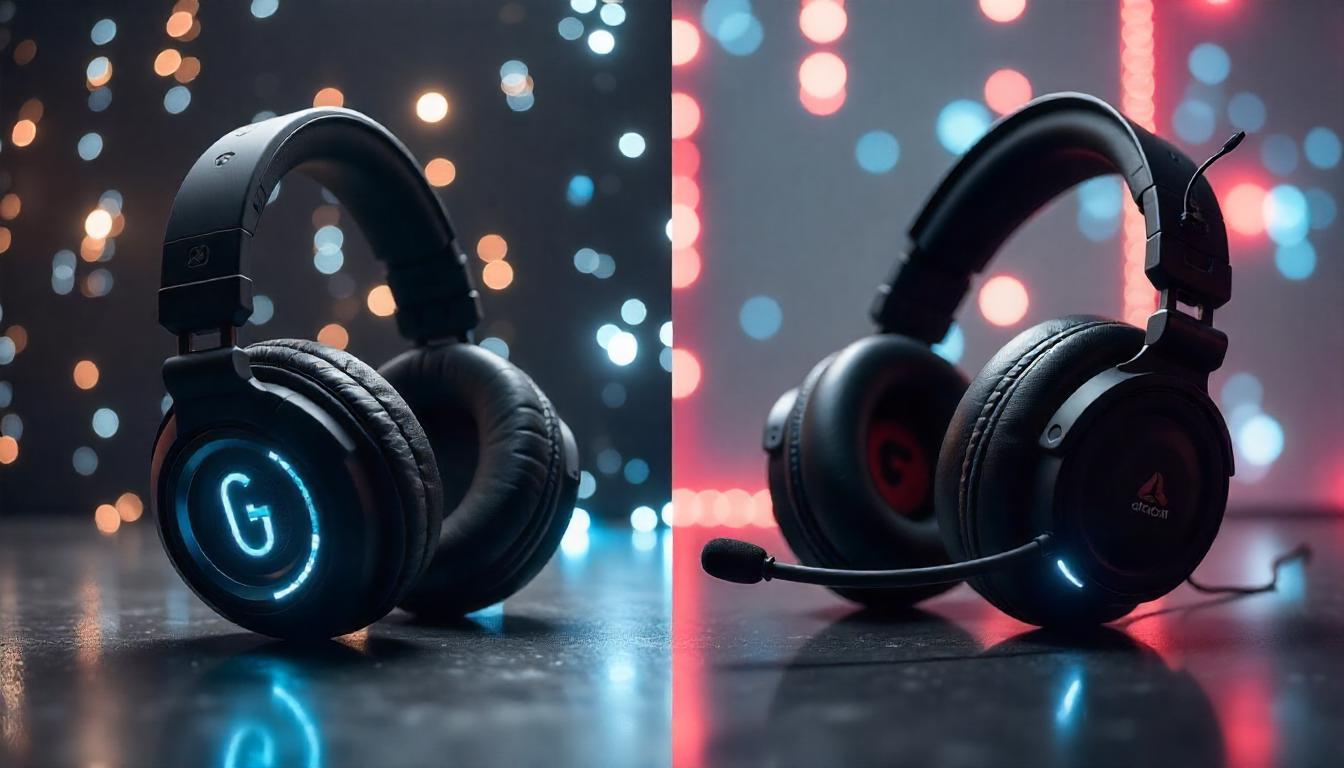As the world of virtual reality (VR) continues its rapid evolution, the highly anticipated Meta Quest 4 looms on the horizon. Meta has firmly established itself as a pioneer in consumer VR, with each iteration of the Quest series pushing technological boundaries further. But what can we expect from the Meta Quest 4? Based on industry trends, leaks, and Meta’s own trajectory, we can speculate on the features, price, and market impact of what could be the most advanced standalone VR headset to date.
The Evolution of the Meta Quest Series
Before diving into the possibilities of the Meta Quest 4, it’s essential to examine its predecessors. The Quest series revolutionized VR by eliminating the need for external hardware, offering a completely standalone experience. The Quest 2 solidified Meta’s dominance in the market with its affordability, robust game library, and ease of use. Meanwhile, the Quest 3 built upon this foundation, incorporating better lenses, improved performance, and a deeper focus on mixed reality (MR).
With each new model, Meta has emphasized advancements in display quality, processing power, and comfort. Given this trajectory, the Quest 4 is expected to be a significant leap forward rather than a minor upgrade.
Predicted Features of the Meta Quest 4
1. Ultra-High-Resolution Display
Display technology has been a focal point for VR headsets, and the Quest 4 will likely push the boundaries even further. Industry speculation suggests that Meta will introduce OLED or microLED panels, offering increased pixel density and higher refresh rates. This would dramatically reduce the dreaded “screen door effect” and enhance the overall visual experience.
A resolution bump to at least 4K per eye seems plausible, providing users with unparalleled clarity. This could be a game-changer for productivity applications, immersive gaming, and even social VR experiences.
2. Next-Generation Qualcomm Chipset
Meta has consistently partnered with Qualcomm for its Quest series chipsets. With the Quest 3 sporting a Snapdragon XR2 Gen 2 processor, it’s reasonable to expect the Quest 4 to feature an even more powerful custom VR processor—possibly an XR3 variant. This would provide significantly improved performance, enabling more complex environments, realistic physics, and enhanced AI-driven interactions.
This increased processing power could also mean better foveated rendering, allowing the headset to dynamically adjust rendering focus based on the user’s gaze, optimizing performance without sacrificing visual fidelity.
3. Advanced Mixed Reality Capabilities
With the Quest 3 integrating full-color passthrough for mixed reality, the Quest 4 could take this even further. Meta might incorporate higher-fidelity cameras and improved depth sensors, creating an even more seamless MR experience. This could be a step toward the ultimate goal of an all-in-one spatial computing device that merges VR and augmented reality (AR).
Imagine an environment where users can seamlessly transition between VR worlds and their real-world surroundings, blending digital overlays with physical spaces for next-level immersion.
4. Lighter, More Comfortable Design
Comfort has always been a key challenge for VR adoption. Meta has made strides in this area, but the Quest 4 is expected to feature a significantly lighter design, possibly incorporating new materials such as carbon fiber or advanced polymers.
Moreover, an improved weight distribution system, adjustable head straps, and enhanced ventilation could make extended VR sessions more comfortable than ever before. With Apple’s Vision Pro setting new standards for ergonomic design, Meta may feel the pressure to refine its headset’s form factor further.
5. AI-Powered VR Experiences
Artificial intelligence is becoming increasingly integral to the tech landscape, and VR will be no exception. The Quest 4 could incorporate AI-driven hand-tracking enhancements, personalized avatars with realistic facial expressions, and smarter environmental interactions.
For example, AI could enable dynamic world-building in virtual environments, where landscapes and NPC behaviors adapt based on the user’s actions. This could revolutionize gaming, social experiences, and even remote work in the metaverse.
6. Improved Controllers and Full-Body Tracking
While Meta has been investing heavily in hand-tracking, controllers remain a crucial component of the VR experience. The Quest 4 could introduce a new generation of controllers featuring haptic feedback akin to PlayStation VR2’s Sense controllers, delivering more immersive interactions.
Additionally, we may see the introduction of full-body tracking without external sensors. Meta has been working on AI-powered tracking solutions that could use inside-out tracking to detect body movement with greater accuracy, bringing avatars and VR interactions to life in an unprecedented way.
Expected Price Point and Competition
Pricing has always played a critical role in Meta’s VR strategy. The Quest 2’s success was largely due to its affordability, while the Quest 3 increased in price due to enhanced hardware. Given the expected improvements in the Quest 4, a price range of $499-$699 seems reasonable, depending on storage and feature variations.
However, competition is heating up. Apple’s Vision Pro, though priced at a premium ($3,499), has set new expectations for high-end mixed reality. Meanwhile, Sony’s PlayStation VR2 offers console gamers a high-fidelity alternative, and upcoming headsets from companies like HTC and Pico are vying for a slice of the market.
Meta will likely continue balancing price and performance, ensuring the Quest 4 remains the best-value standalone VR headset while catering to both casual users and enthusiasts.
How the Meta Quest 4 Will Shape the Future of VR
If Meta delivers on these speculated features, the Quest 4 could be a defining moment in VR history. Enhanced resolution, AI-driven interactions, improved MR capabilities, and a more ergonomic design could make VR more accessible and mainstream than ever before.
Furthermore, Meta’s continuous push toward the metaverse suggests that the Quest 4 will play a pivotal role in shaping digital social interactions. Whether for gaming, remote work, education, or creative expression, the Quest 4 could set new standards for what’s possible in immersive technology.
Final Thoughts
The Meta Quest 4 has the potential to be a revolutionary step forward in the VR space. While much remains speculative, Meta’s track record suggests that it will prioritize innovation, accessibility, and user experience. As the virtual and real worlds continue to converge, the Quest 4 might just be the device that brings us closer to a fully immersive digital future.






Leave a Reply